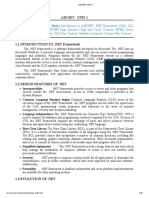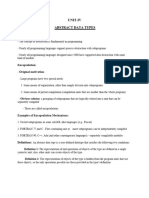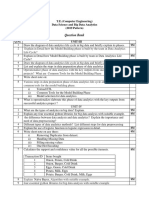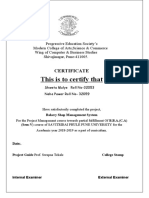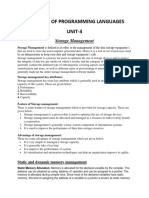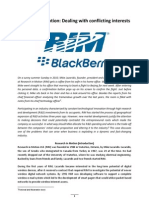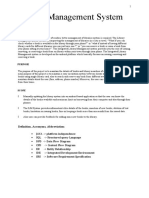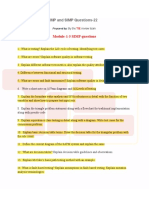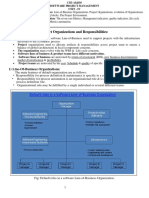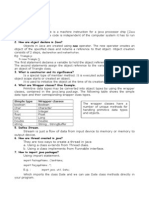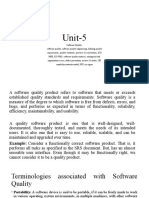100% found this document useful (1 vote)
529 views8 pagesReactive Vs Proactive Risk Strategies PPT Presentation
Uploaded by
neithalarasuCopyright
© © All Rights Reserved
We take content rights seriously. If you suspect this is your content, claim it here.
Available Formats
Download as PDF, TXT or read online on Scribd
100% found this document useful (1 vote)
529 views8 pagesReactive Vs Proactive Risk Strategies PPT Presentation
Uploaded by
neithalarasuCopyright
© © All Rights Reserved
We take content rights seriously. If you suspect this is your content, claim it here.
Available Formats
Download as PDF, TXT or read online on Scribd
/ 8
